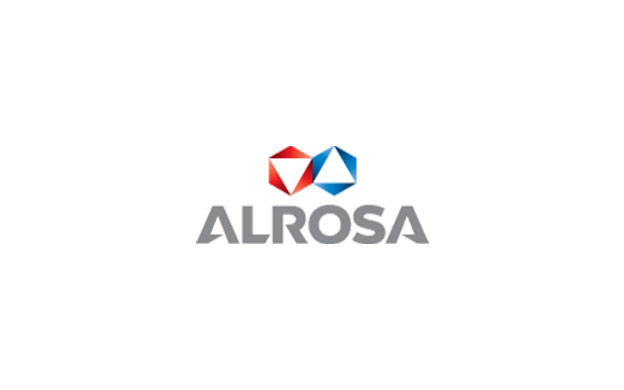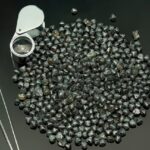Ten female wild reindeer were chipped in the territory of Olenek Evenki national district. Everything was organized under a time-proven scheme. As female reindeer is a herd-forming element, environmental experts from the Institute of Biological Problems of the Cryolithozone of the Siberian Branch of the Russian Academy of Sciences (the SB RAS) decided to put radio collars on females only. Thus, scientists will be able to track the movement of about 15,000 animals at a time.
Radio collars were put on animals when the reindeer herd was crossing the Olenek River in mid-August.
“We have been chipping wild reindeer for several years now. Experience has shown that putting radio collars is less stressful for animals when they cross large water barriers. The matter is that reindeer slow down while crossing the river, so it is not difficult to stop them, fix them in a safe position and put a collar. In these conditions, animals feel no pain. The process takes about five minutes. Once the collar is fixed and the sensor starts working, we check it to see whether the
equipment hinders the reindeer’s movements. After that, we let the animal go, and the reindeer continues migrating with the herd. It was the first time that I was engaged in this process. Local residents helped us. They gave us boats and volunteers, and ALROSA purchased and allocated 10 radio collars,” explained Nikolay Mamaev, Junior Research Associate at the Institute of Biological Problems of the Cryolithozone of the SB RAS.
Five radio collars were put last year. Right now, the batteries in four collars are still charged, and they are still transmitting the animals’ coordinates. Note that once a battery is discharged, the collar is automatically unfastened from the animal.
It is important that monitoring will enable us tracking the movement of the herd of Leno-Olenek wild reindeer population of about 90,000 animals.
“Monitoring the migration of wild reindeer in the area of operation of Udachny Mining and Processing Division is required primarily to prevent death and maintain wild reindeer population in the area of industrial diamond mining, as well as to preserve the traditional way of life of indigenous small-numbered peoples of the North. Based on the results of the past years’ monitoring, the Company has developed and implemented in the process of construction of a service lane to Verkhne-Munskoe deposit, where the reindeer migration takes place, recommendations for correct arrangement of reindeer passages at different sections of the road. All passages have a gentler slope. Moreover, an online tracking system for the migration of wild reindeer in the area of operation of a large industrial enterprise has been created. We receive the data on the location of reindeer from our colleagues from the Institute of Biological Problems of the Cryolithozone of the SB RAS in real-time mode,” explained Polina Anisimova, Deputy Chief Engineer for Ecology and Work with Indigenous and Small-numbered Peoples of the North, Head of ALROSA Environmental Center.
Reference:
The estimated battery life in a collar is 1-1.5 years. Collars are manufactured in Russia by ES-PAS LLC, the devices operate based on the GLONASS satellite navigation system. The location signal and reindeer movement track are transmitted every 20 minutes. Since 2010, 110 reindeer have been tagged, no animals have died. The healthiest reindeer are selected for the program.
ALROSA allocated over RUB 1.3 million for the implementation of a next stage of animal migration monitoring in 2018. In 2019, ALROSA will continue monitoring the reindeer migration and putting collars. These works will continue throughout the mine life of Verkhne-Munskoe deposit.
News Source: alrosa.ru
Disclaimer: This information has been collected through secondary research and TJM Media Pvt Ltd. is not responsible for any errors in the same.




























